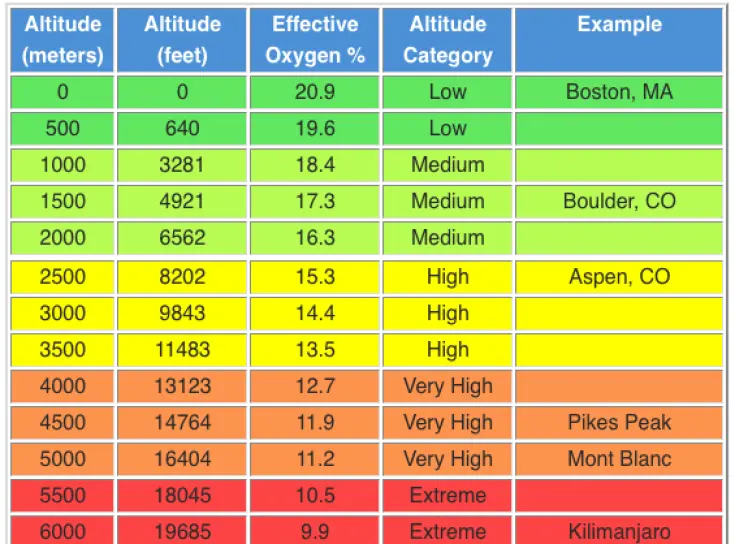What is altitude training
Altitude training originated in 1963. The 1968 Olympic Games were held in Mexico City. This city is at an altitude of 2240 meters which means that the air conditions are different from what athletes from low countries are used to.
Endurance athletes from low countries had to find a way to get used to the thin air. Hence, athletes started preparing for the Olympics in the mountains. By training at altitude, altitude training was found to have a positive effect on the athlete.
In altitude training, an individual is taken to a location that is at a higher altitude, such as mountains or special altitude rooms. There, the body experiences lower oxygen levels, which stimulates the production of the hormone erythropoietin (EPO). EPO stimulates the production of red blood cells, which are responsible for transporting oxygen through the body.
After some time of high altitude training, athletes can enjoy several benefits:





